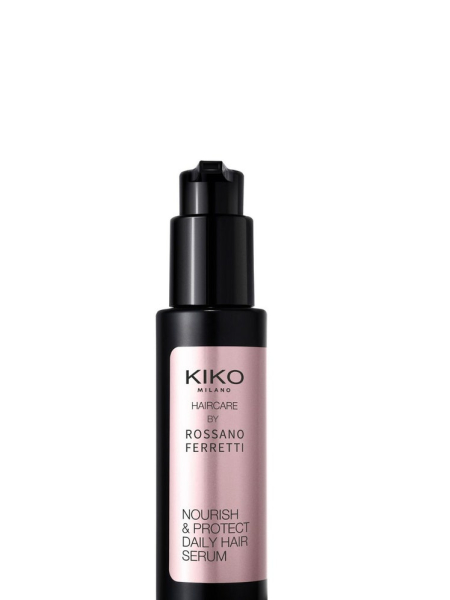Jean Campbell has lived with chronic pain since the age of 12. Navigating a global modelling career while battling the physical and mental impact of a hidden reality, she writes how she was able to move beyond the hurt and lean into the power of a positive mindset to create her new podcast, I’m Fine.
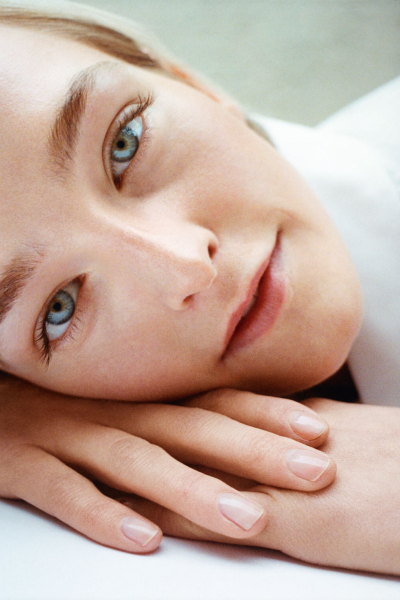
It wasn’t until I was in the throes of change that I realised how pivotal pain could be, not just for myself but for others. The idea of recording a podcast based on my experience of living with chronic pain came about as a way to create a space for people to connect with others who might be going through something similar. Each episode of my show, I’m Fine, is a deep-dive into my guests’ remarkable personal stories, ranging from physical chronic pain to addiction, anxiety and mental health problems, fostering conversations around the myriad forms of suffering that so many are navigating in silence.
It has been both humbling and inspiring to discover the mind-body methods that can move us beyond pain to access possibility, positivity and productivity to find our power. That said, this was not always the case. Having lived with chronic pain for over half my life, there have been periods where it has been completely debilitating, and cast a dark cloud over my whole existence. But it has also been my greatest teacher.
My personal journey began at the age of 12, when I had a skiing accident. A man collided into me at high speed in the Alps, and the impact knocked me 10 metres into the air, landing on my right side, bringing about instant numbness in my chest and my arm and pulsing pain all over. The subsequent complicated surgery in London to reattach muscles, tendons and ligaments – with a chunk of my own growth plate – to my shoulder growth plate made me the youngest person the surgeon had ever performed this operation on. The next youngest person who had received this operation was a 25-year-old, who had been in a high-impact car crash. Having never had a serious operation before, I went in not knowing what to expect.
A year later, an increasing amount of pain started to spread in my right hip. At 15, I was diagnosed with a genetic condition, hip dysplasia, which was accelerated as a result of the ski accident. By 16, it had worsened to the point that I couldn’t walk for longer than five minutes without being in unbearable pain.
It was the summer after my GCSEs and my next operation was imminent, but I was also grateful to land my first shoot for British Vogue. I had been scouted as a teenager at the Clothes Show Live in Birmingham, and although I was too young to model at the time, I agreed with my parents that if the opportunity was still possible after my exams, I could try it. I had always been curious about the world of fashion, all of its mastery and creativity, and knowing that reconstructive surgery awaited, I knew I was lucky with this unbelievable opportunity. My first time on set was incredible – an experience I will never forget. The shoot was in Montauk. It was wild and beautiful. Joe McKenna, the stylist, dressed me in a beautiful array of clothes and I played the role of a traveller who had been reunited with their cousin. I spent a lot of time pretending to sing and play the guitar – a dream for another life. Seeing the process and creativity behind the scenes, I was captivated. I loved observing how the characters in the shoots were conceived, from the playlist to the story I enacted to how the clothes came to life. It transported me into another world.
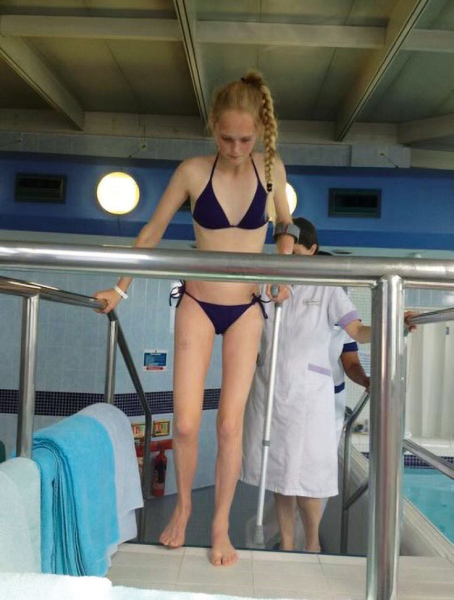
After waiting for my growth plates to fuse following the first surgery, at 16 I had the right side of my pelvis broken in three places and put back together with three six-inch screws. Though I was fortunate to be able to have the procedure, I spent a month in a wheelchair, three months on crutches, and a year and a half in intense physiotherapy. During the recovery process, that familiar pain started increasing in my other hip and as soon as I had the screws removed at 17 (which had required another operation), I was told that I had to have the same procedure on my left side. I was shocked by the news.
By this time, I had the fortune of working for some of fashion’s most talented individuals as a model. I was still at school, studying for my A Levels and between coursework and the intensive recovery process, I was learning to walk again through hydrotherapy and physio, while also spending weekends and holidays on shoots and catwalks. I remember doing a runway show, three weeks after finishing with the crutches, and wearing enormous heels. My pelvis was still not completely healed. I took pain medication throughout, and nearly slipped over during rehearsal, but I did the show and at the time it felt normal, though now I would be inclined to give more of a grace period for healing. It took me four months to start walking normally again. But I was just grateful to have a career, and an escape from the medical appointments and enduring pain.
The reality of needing to do the whole surgical process all over on the other side of my pelvis was a blow, hugely affecting my mental health. I didn’t have the language to express what was happening to me physically, nor did I know how to cope with what felt like free-falling mentally. I felt guilty for not being able to cope because I was so lucky in many ways. I used to think that it was karma for being lucky to do what I did for work, and for the privilege I have. I was isolated and lonely, but I still had hope that after this second hip operation I would be back to normal.
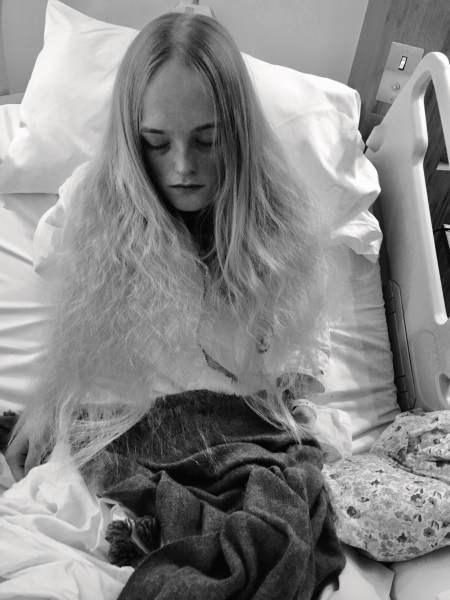
Though my health was challenging, my career was developing in ways I could have never predicted, working at first with Burberry and then a two-and-a-half-year exclusive relationship with Louis Vuitton as Nicolas Ghesquière took on the role of artistic director. I continued to shoot with Vogue and many others, meeting the colourful array of characters that make up a typical shoot. My career permitted me to hide behind an image of perfection that fashion can portray, essentially ignoring my declining state of wellbeing. This wasn’t calculated but, I suppose, I never thought it was acceptable to be anything other than appreciative, happy and fine.
After the surgery and its subsequent recovery, my pain was persistent and worsening. Now aged 20, I returned to the surgeon who said that in order to be pain free I would need another four major and four minor surgeries on the tops of my legs, where they would cut off the ball that sits in the hip socket, readjust it, cut the top of my thigh bone to shift the angle and fit it back in again. The total recovery time would be six years going from wheelchair, to crutches, to physio and hydrotherapy and then back to surgery. At this point I thought, “Fuck it.” This wasn’t an option. I lost any hope.
Pain seemed to be the only force in my life, both physically and mentally. My relationship with my body was non-existent and I hated myself for how I felt. I had a nihilistic attitude towards myself, my future, and the way I saw the world. I was miserable, lonely and felt stuck – I had totally disconnected and couldn’t find a solution.
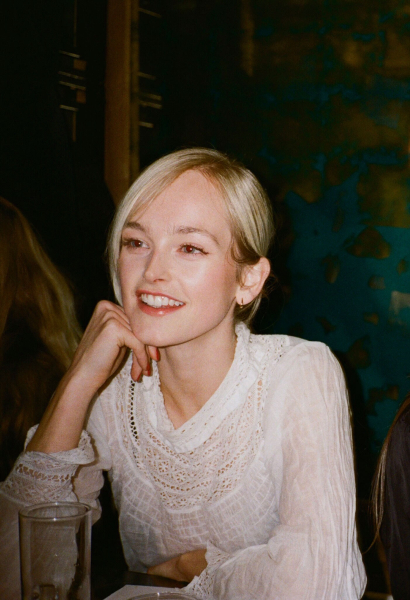
Over time, I slowly began to accept it, though initially from a cynical place, it was the process of acceptance that guided new solutions and I became willing to believe that things could change. Acceptance was of paramount importance: of my body, my circumstances and my fallible human nature. Many things are beyond our control but we can do our very best to choose how we respond, adapting our expectations, setting intentions for positive change, while letting go of the outcome. It’s not a perfect science, but it can make things manageable and shift perspective. It worked for me, and I believe it can work for others.
Though I am not able to do any impact exercise (for example, running, which I used to love), it was low-intensity exercise such as yoga and Pilates that gave me the strength of control over my pain and autonomy over my body once more. Meditation also had a huge impact on my road to recovery. It allowed me to connect to a greater purpose and gave me hope, liberating me from the incessant fear I had in relation to my body. I started with guided meditations specifically to help with the pain but then began to move into the practice more generally and it was a transformation. We all have the power of mindset, the opportunity in meditation, and the strength available to all of us through action.
Though pain remains a part of my ongoing daily experience, working with it instead of pretending it doesn’t exist has now become the foundation for a life I could have never imagined. The practices that I now do to manage my pain are the foundations for all good things in my life, of which there are many. It is with respect that I put in the time to action these things that I know serve for a life of appreciation and possibility. Today I love my body and am grateful for its strength and healing capabilities.
I now believe that pain is opportunity. Pain is a given but the outcome is ours for the taking. There is empowerment to be claimed through pain as it is the cornerstone of change. Where there is change there is always growth. Ensuring that I am as strong as I can be physically and aiming for peace of mind through meditation and mindset practices I try to do each day, I am free from the fear that gripped me as I underwent five major surgeries as a teenager, that haunted me as I searched for solutions as the pain progressed. Living with pain has come to empower me. I have learnt that nothing is forever and everything changes: pain, relief, happiness and despair.
This experience has led me to others who have gone through similar processes, like-minded people who I have connected to and draw so much inspiration from. I have been so lucky to speak to some incredible people about their own experiences in hope of sparking connection and introducing solutions through the process of creating I’m Fine. There are so many living with pain – physical, mental and emotional – at this very moment. There are no bounds for how grateful I am to have a platform as a model that has facilitated being able to do this today. I hope that the podcast offers hope, connection, support and solutions to anyone who needs it.
The I’m Fine podcast is available to listen to now. If-podcast.com
